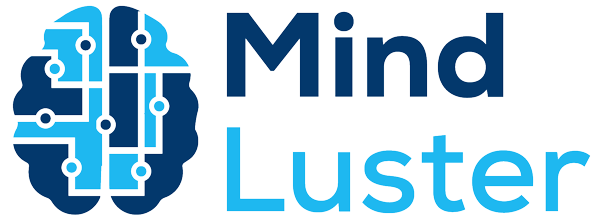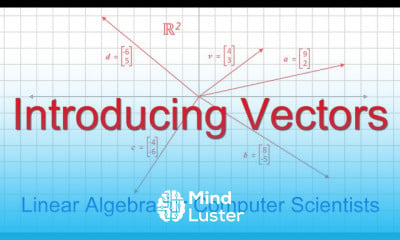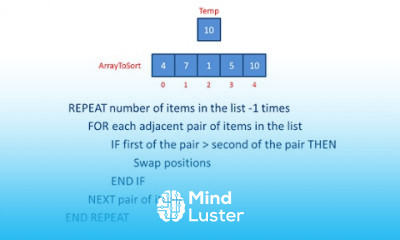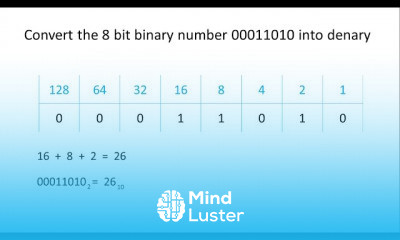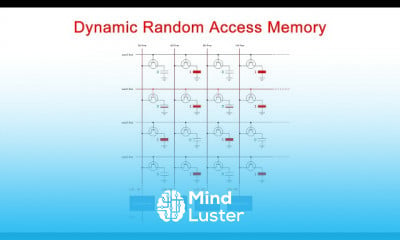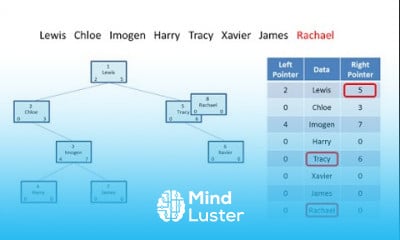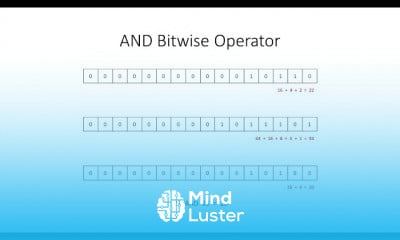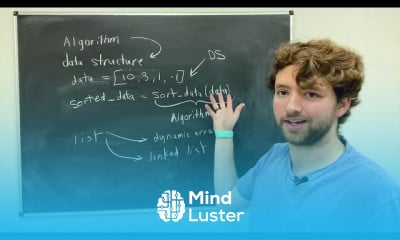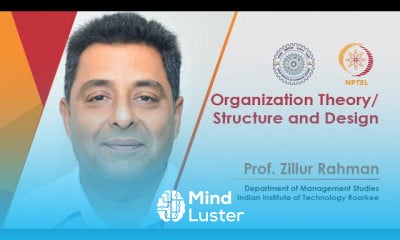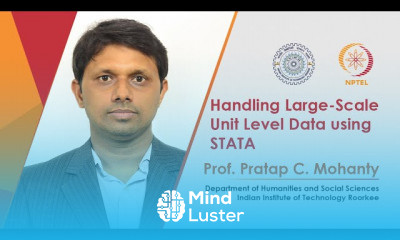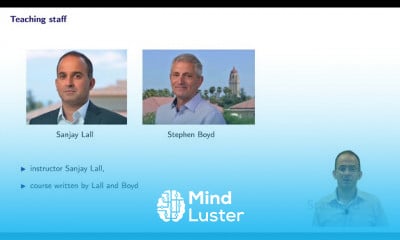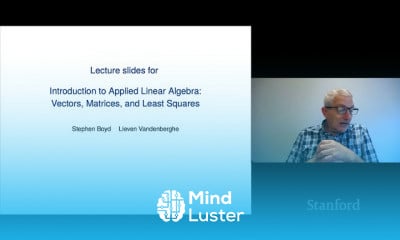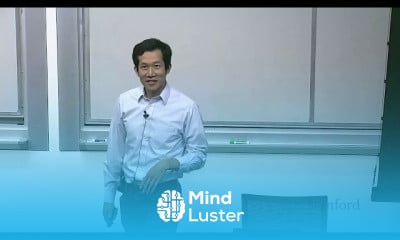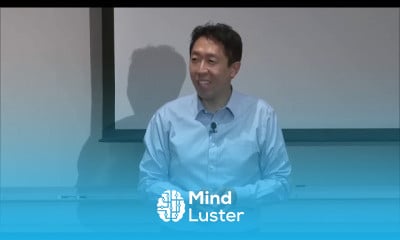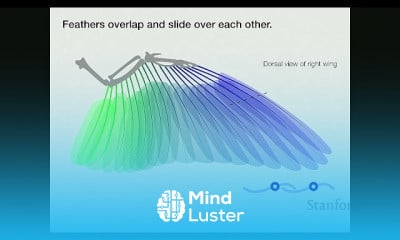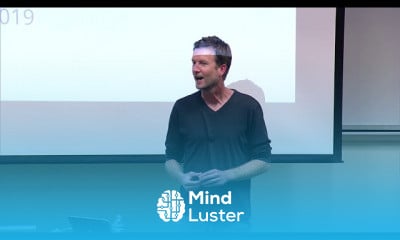Lecture 11 Introduction to Neural Networks | Stanford CS229 Machine Learning Autumn 2018
Share your inquiries now with community members
Click Here
Sign up Now
Lessons List | 20
Lesson

01:22:02
Lecture 4 Perceptron Generalized Linear Model | Stanford CS229 Machine Learning Autumn 2018

01:23:26
Lecture 8 Data Splits Models Cross Validation | Stanford CS229 Machine Learning Autumn 2018
Comments
Related Courses in Computer Science
Course Description
Machine learning
Field of study
Machine learning is the study of computer algorithms that improve automatically through experience and by the use of data. It is seen as a part of artificial intelligence. Is machine learning hard?
Why is machine learning 'hard'? ... There is no doubt the science of advancing machine learning algorithms through research is difficult. It requires creativity, experimentation and tenacity. Machine learning remains a hard problem when implementing existing algorithms and models to work well for your new application.What is the goal of machine learning?
Machine Learning Defined
Its goal and usage is to build new and/or leverage existing algorithms to learn from data, in order to build generalizable models that give accurate predictions, or to find patterns, particularly with new and unseen similar data.What are the basics of machine learning?
Key Elements of Machine Learning
Every machine learning algorithm has three components: Representation: how to represent knowledge. Examples include decision trees, sets of rules, instances, graphical models, neural networks, support vector machines, model ensembles and others.
Trends
Graphic design tools for beginners
Human Resources Management
Electrical engineering for engineer
Artificial intelligence essentials
CMOS Logic Circuit Basics
Java Basic Programming Hindi
French
Essential english phrasal verbs
Build a tic tac Toe app in Xcode
Build a profitable trading
Bioinformatics basics
Excel skills for math and science
Computer science careers
American english speaking practice
MS Excel
Python programming language
RADAR fundamenetals
Content marketing for beginners
Marketing basics for beginners
Formation efficace à l écoute de l
Recent
Bioinformatics basics
Bioinformatics databases
Vitamin A to Z tablets
Best zoology books
Best cream for piles pain
Laser surgery for piles
Best cream for piles
Anal fissure treatment
Best antibiotics for diseases
Antibodies structure
Macrophage structure
Drosophila genetics
Diagnostic tests
Bioinformatics
Genetics
Gene therapy
Kidney structure
DNA replication and types
Bacterial cell structure
Parasite structure
